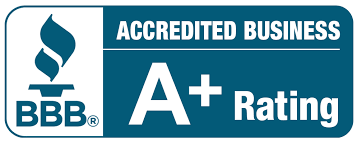A Comprehensive Overview of Mudjacking
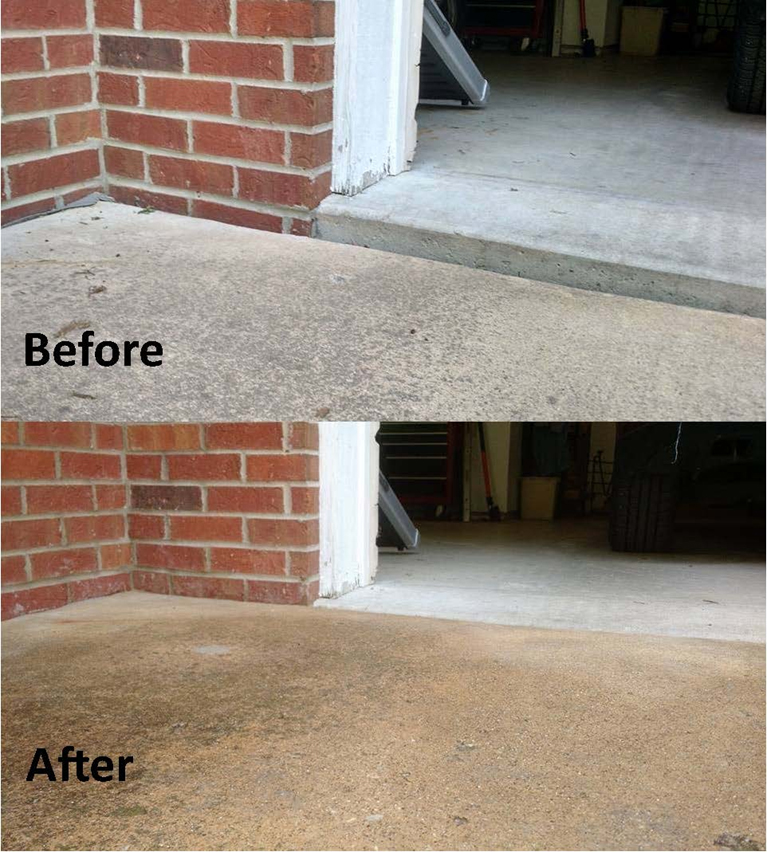 Do you have an uneven piece of concrete on your property? If so, mudjacking may be the best solution for you. Mudjacking is a process used to raise and level sunken concrete slabs. This method of concrete leveling can help you restore a safe and functional surface with minimal disruption. Let’s take a closer look at what mudjacking is, how it works, and why it might be right for you.
Do you have an uneven piece of concrete on your property? If so, mudjacking may be the best solution for you. Mudjacking is a process used to raise and level sunken concrete slabs. This method of concrete leveling can help you restore a safe and functional surface with minimal disruption. Let’s take a closer look at what mudjacking is, how it works, and why it might be right for you.
How Does Mudjacking Work?
Mudjacking involves several steps. First, small holes are drilled in the concrete slab that needs to be leveled. Then, a grout mixture made up of soil and cement is pumped through the holes into the void beneath the slab. When the mixture enters this area, it begins to expand and push up against the bottom of the slab until it reaches its desired level. The process takes about two hours per 10 by 10-foot area and does not affect surrounding surfaces during or after repair work.
Benefits of Mudjacking
Mudjacking is often chosen over other methods because it offers numerous advantages. For example, one major benefit is that this method doesn’t require replacement of existing structures; instead, they are restored with minimal disruption to their surroundings. Additionally, mudjacking is less expensive than alternative methods such as replacing or lifting entire sections of existing structures—which makes sense since no new materials are needed when utilizing this approach! Plus, mudjacked surfaces are strong enough to handle foot traffic immediately after the process has been completed.
Conclusion:
When it comes to restoring concrete slabs on your property—whether they’ve sunken due to age or environmental factors—mudjacking may be your ideal solution. Not only does this method provide an efficient way to achieve desired results without having to replace existing structures, but it also costs less than other options available on the market today! So if you’re looking for an effective way to restore uneven surfaces around your home or business without breaking the bank, consider giving mudjacking a try. Similarly, we offer a variation of this method, concrete leveling with polyurethane which is another excellent way to raise sinking concrete.
If you need concrete leveling in Dallas, TX, call us today.

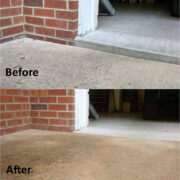
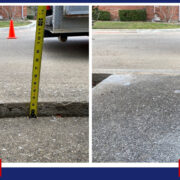
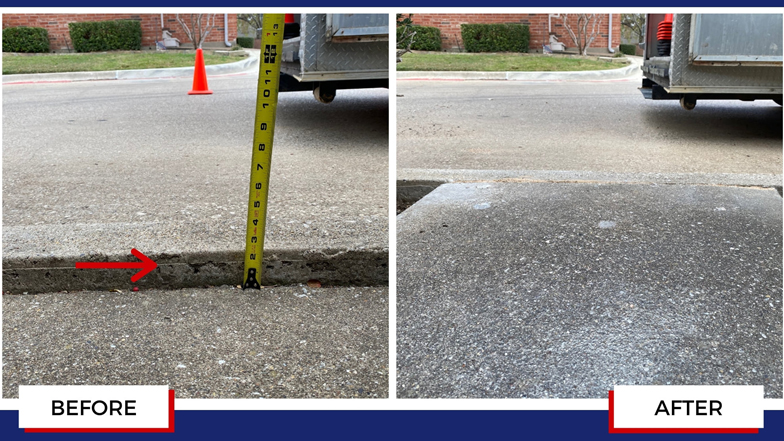 Over time, concrete can start to sink or crack due to weathering, water damage, and soil erosion. If you’re seeing signs of unevenness or cracking in your concrete surfaces, then it may be time for a concrete leveling repair. But before you start the process, it’s important to understand the most common types of repairs and why they’re necessary. Let’s take a look at some of the most common issues that require professional concrete leveling repair services.
Over time, concrete can start to sink or crack due to weathering, water damage, and soil erosion. If you’re seeing signs of unevenness or cracking in your concrete surfaces, then it may be time for a concrete leveling repair. But before you start the process, it’s important to understand the most common types of repairs and why they’re necessary. Let’s take a look at some of the most common issues that require professional concrete leveling repair services.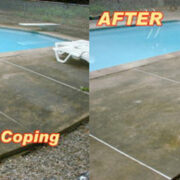
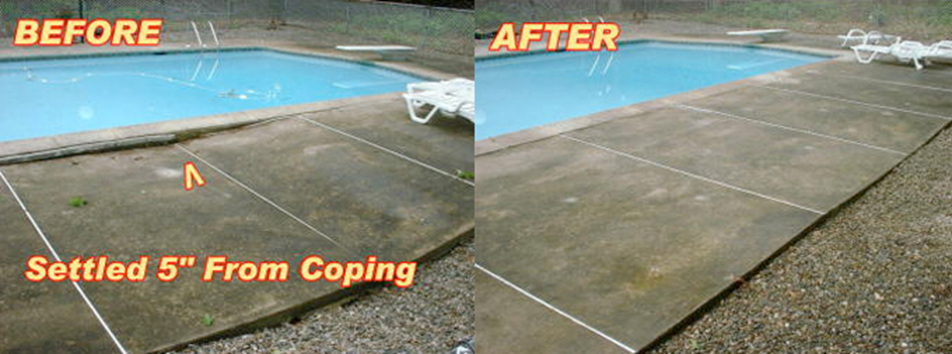 A level concrete surface is essential to a home or business—it looks better and it’s safer. In some cases, the surface of concrete can become uneven due to settlement, erosion, or other issues. Fortunately, there’s an easy fix for that: concrete leveling. Let’s explore what types of repairs are most often done with concrete leveling.
A level concrete surface is essential to a home or business—it looks better and it’s safer. In some cases, the surface of concrete can become uneven due to settlement, erosion, or other issues. Fortunately, there’s an easy fix for that: concrete leveling. Let’s explore what types of repairs are most often done with concrete leveling.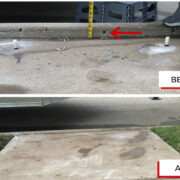
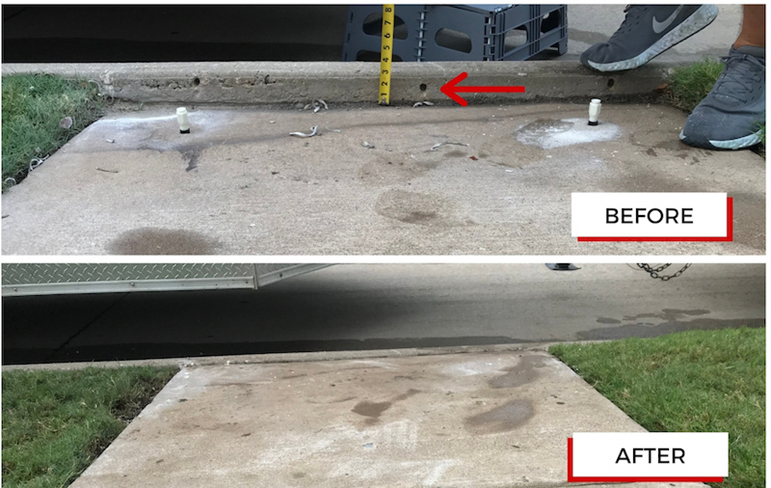 Polyurethane concrete leveling is a cost-effective and efficient way of raising sunken, uneven concrete surfaces. It’s often used in residential and commercial foundations, driveways, patios, sidewalks and other concrete surfaces. The question is, how long does polyurethane concrete leveling last? Let’s explore this question further.
Polyurethane concrete leveling is a cost-effective and efficient way of raising sunken, uneven concrete surfaces. It’s often used in residential and commercial foundations, driveways, patios, sidewalks and other concrete surfaces. The question is, how long does polyurethane concrete leveling last? Let’s explore this question further.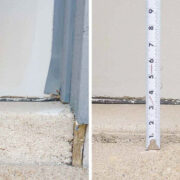
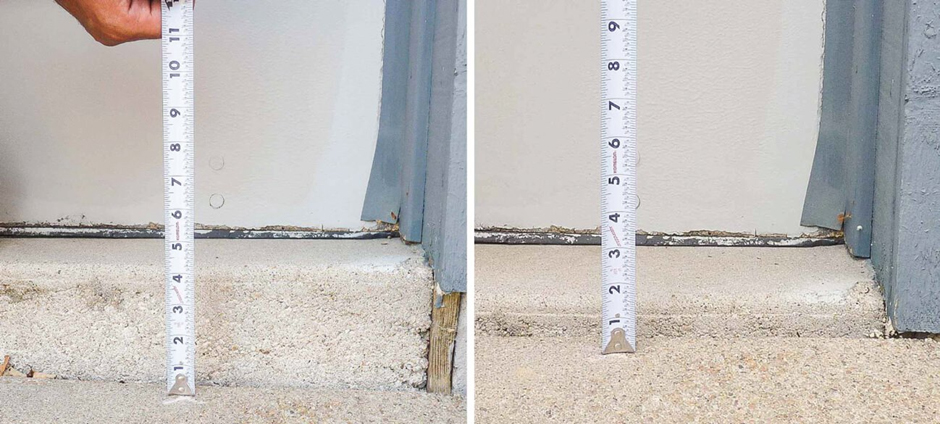 If your concrete is sinking or cracking, many homeowners and businesses may be tempted to replace it. However, there are two reliable and affordable concrete leveling options that can save you time and money and create far less mess. Let’s take a look at the differences between polyjacking and mudjacking.
If your concrete is sinking or cracking, many homeowners and businesses may be tempted to replace it. However, there are two reliable and affordable concrete leveling options that can save you time and money and create far less mess. Let’s take a look at the differences between polyjacking and mudjacking.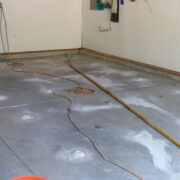
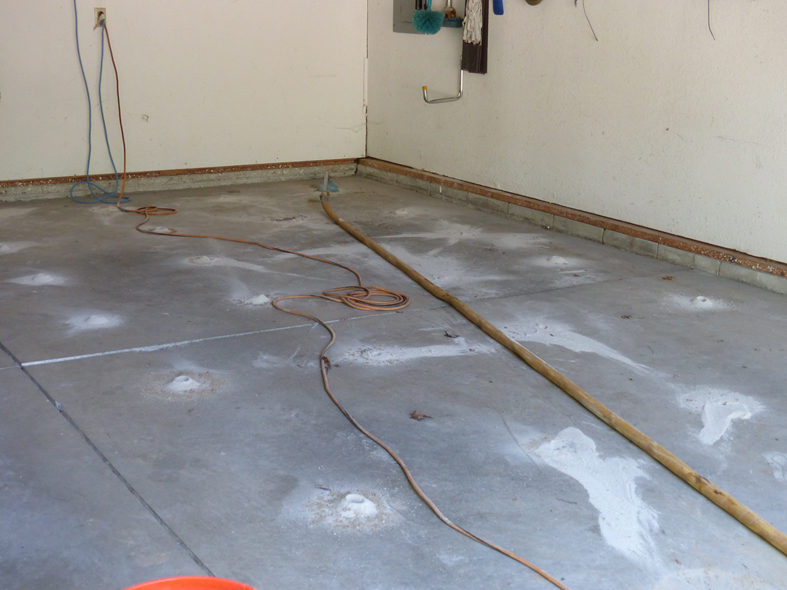 When it comes to concrete leveling,, there are a few options. One of the most popular is polyurethane concrete leveling, also known as mudjacking or slab jacking. But is this option worth it? In this blog post, we’ll discuss the benefits and drawbacks of polyurethane concrete leveling so that you can make an informed decision about whether or not it’s the right choice for your property.
When it comes to concrete leveling,, there are a few options. One of the most popular is polyurethane concrete leveling, also known as mudjacking or slab jacking. But is this option worth it? In this blog post, we’ll discuss the benefits and drawbacks of polyurethane concrete leveling so that you can make an informed decision about whether or not it’s the right choice for your property.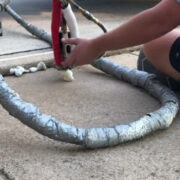
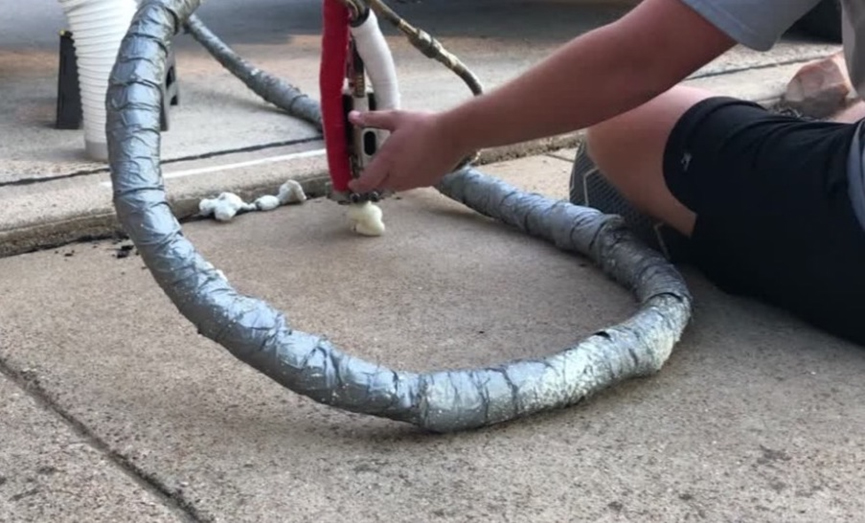 If you’ve noticed that your concrete is uneven, you may be wondering if
If you’ve noticed that your concrete is uneven, you may be wondering if 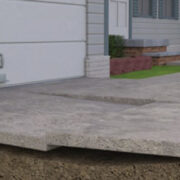
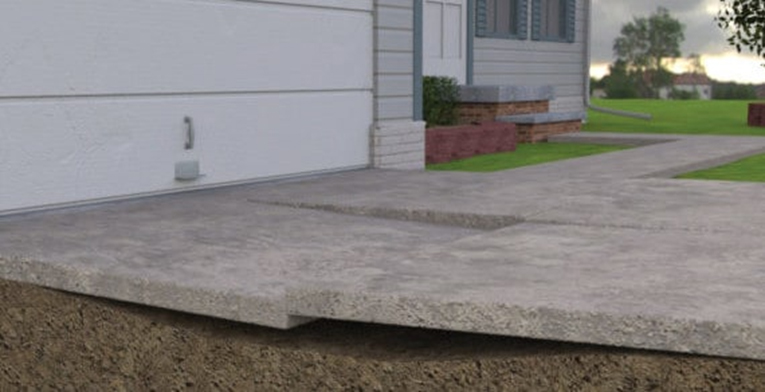 Do you have a
Do you have a 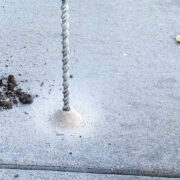
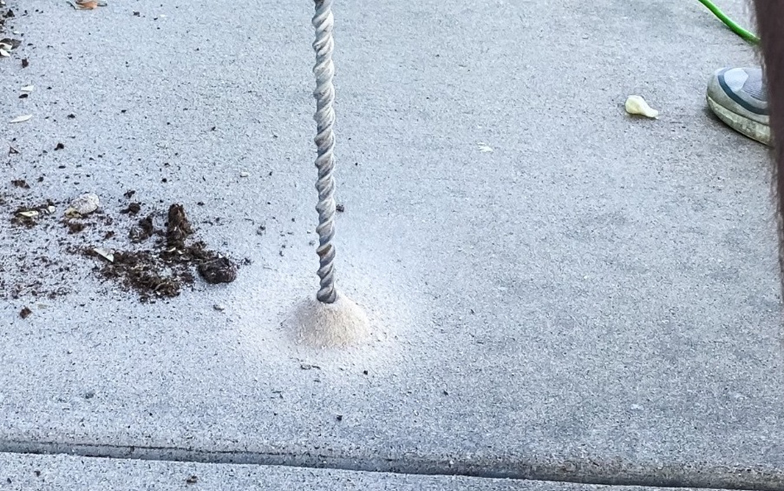 Have you ever wondered how concrete driveways,
Have you ever wondered how concrete driveways, 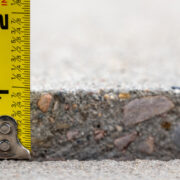
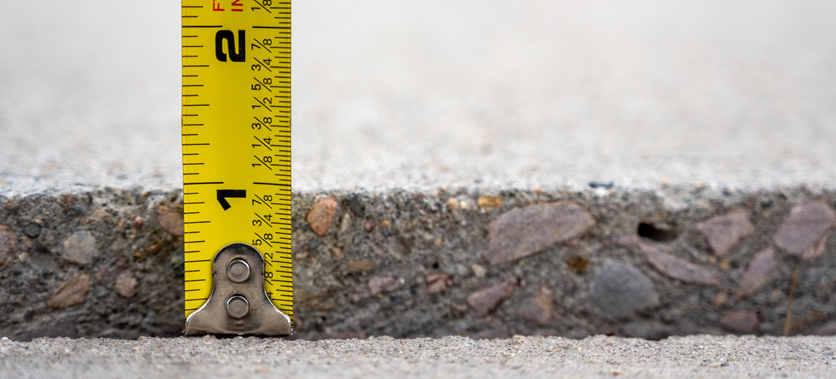 If you’ve noticed a dip or crack in your concrete, mudjacking may be the solution for you. Not only is it an effective way to repair your concrete, but it’s also cost-effective and efficient. Here’s what mudjacking is, how long it lasts, and the benefits of using it.
If you’ve noticed a dip or crack in your concrete, mudjacking may be the solution for you. Not only is it an effective way to repair your concrete, but it’s also cost-effective and efficient. Here’s what mudjacking is, how long it lasts, and the benefits of using it.
